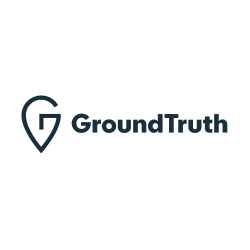Dive Brief:
- The number of Super Bowl ads that included women increased to 73% from 62% last year, but the ads with women playing a significant role dropped to 34% from 43%, according to data from research firm ABX cited in an AdAge report. Men were featured in 88% of Super Bowl spots, compared with 86% previously, and were featured prominently in 72% of ads.
- Women played a modest role in 34% of the Super Bowl ads this year, an increase from 21% last year. Overall, the Super Bowl ads’ portrayals of women were comparable to ads generally. The most positive portrayals of women included Coke's "The Wonder of Us," Hyundai's "Hope Detector," an NBC Olympics ad featuring Lindsey Vonn and Toyota's "Good Odds," featuring Canadian Paralympic skier Lauren Woolstencroft, according to the report.
- The Association of National Advertisers uses ABX research for its Gender Equality Measure, which is part of the group’s #SeeHer campaign, aimed a improving the portrayal of women in advertising.
Dive Insight:
While the days of bikini-clad women in Super Bowl beer commercials or other highly sexualized portrayals of women are hopefully behind us, more needs to be done achieve gender equality in advertising. The #MeToo movement and countless sexual harassment and abuse claims across all different industry sectors has brought issues of gender equality and women’s empowerment into the spotlight in recent months and increased scrutiny of how women are represented and treated.
The #MeToo hashtag has been used more than 4.8 million times since September 2017, but no Super Bowl advertiser tackled the issue. The presence and portrayals of women in Super Bowl ads is improving, but it was a missed opportunity for many advertisers to connect with women and younger audiences during the big game. Consumers, especially millennials and Gen Zers, want brands to take a position on important social issues and will reward them for their outspokenness. The ubiquitousness of ads across so many different channels puts marketers in a unique position to address social issues, but the terrain is fraught with potential missteps. Brands should make sure efforts are authentic and strike the right tone.
Several brands, like Unilever’s Dove and P&G’s Always, have focused on women’s empowerment in their campaigns. Consumers want more — 36% say they like brands more when ads go against gender stereotypes, and 25% would purchase from those brands, a survey from self-service ad platform Choozle found. Consumers are mixed on whether it’s the industry’s responsibility to break gender stereotypes. Consumers are also quick to point out when advertisers get it wrong.
With the #MeToo movement on everyone’s minds, marketers should be carefully considering how they’re portraying women and including women in campaigns in positive ways if they’re not already. Context is also highly important. Campaigns should be memorable and generate buzz, but they also must be culturally sensitive and actively aim to improve women’s depictions or they risk alienating the very consumers they are trying to appeal to.








